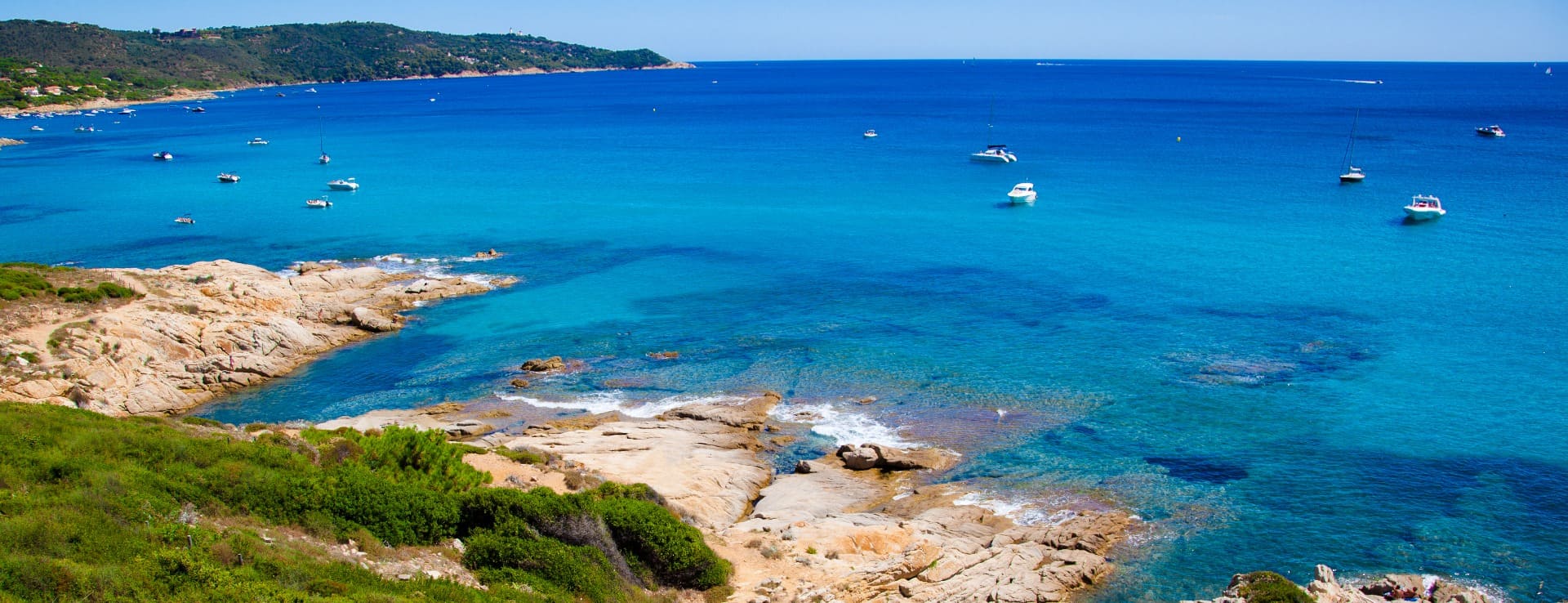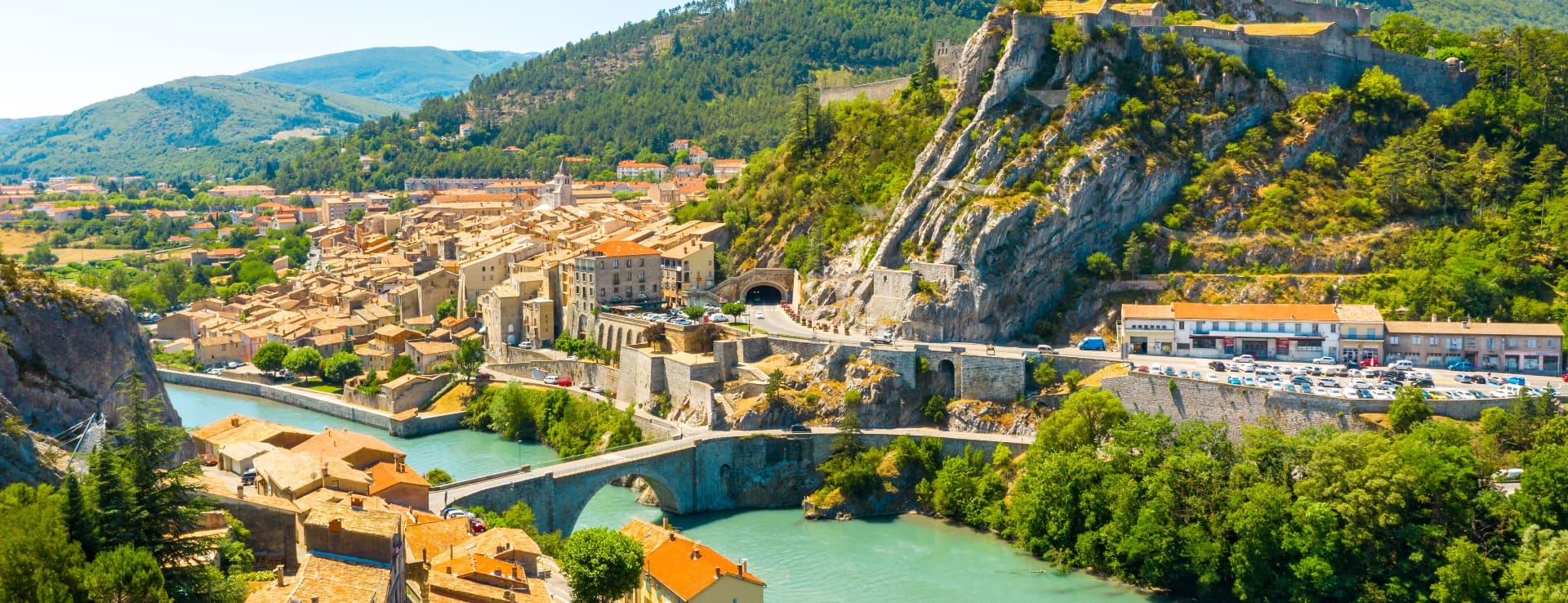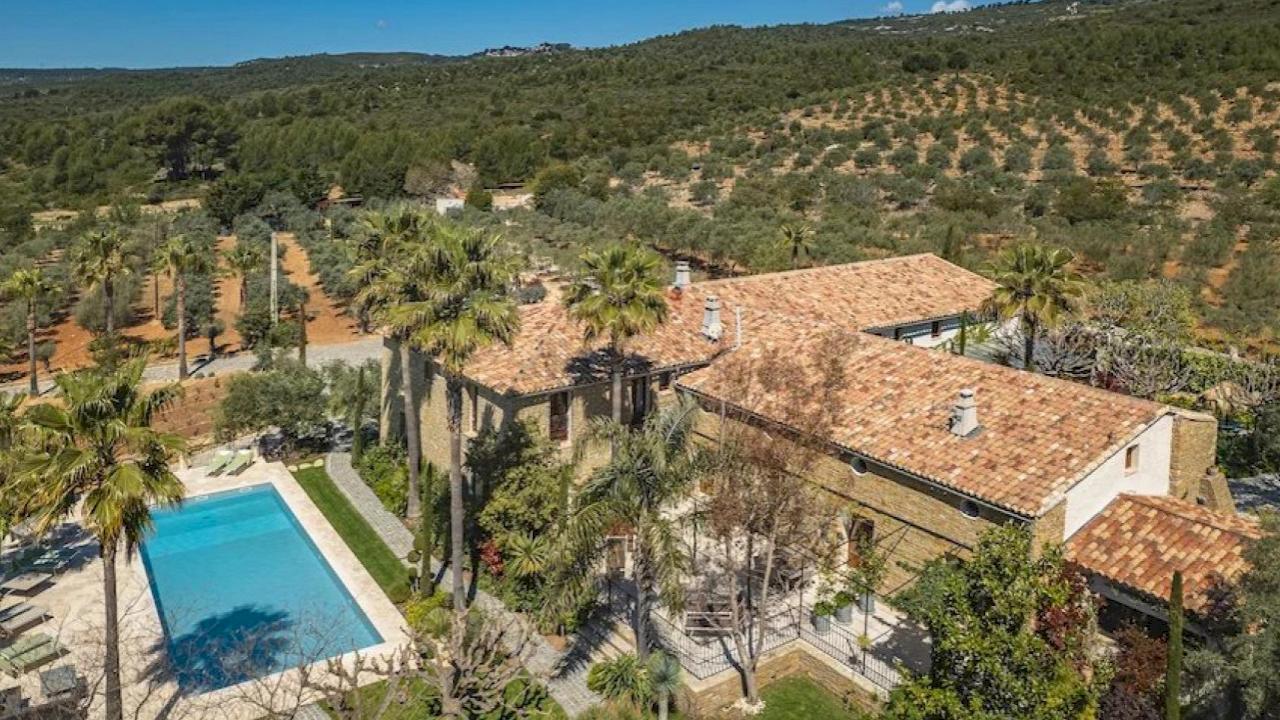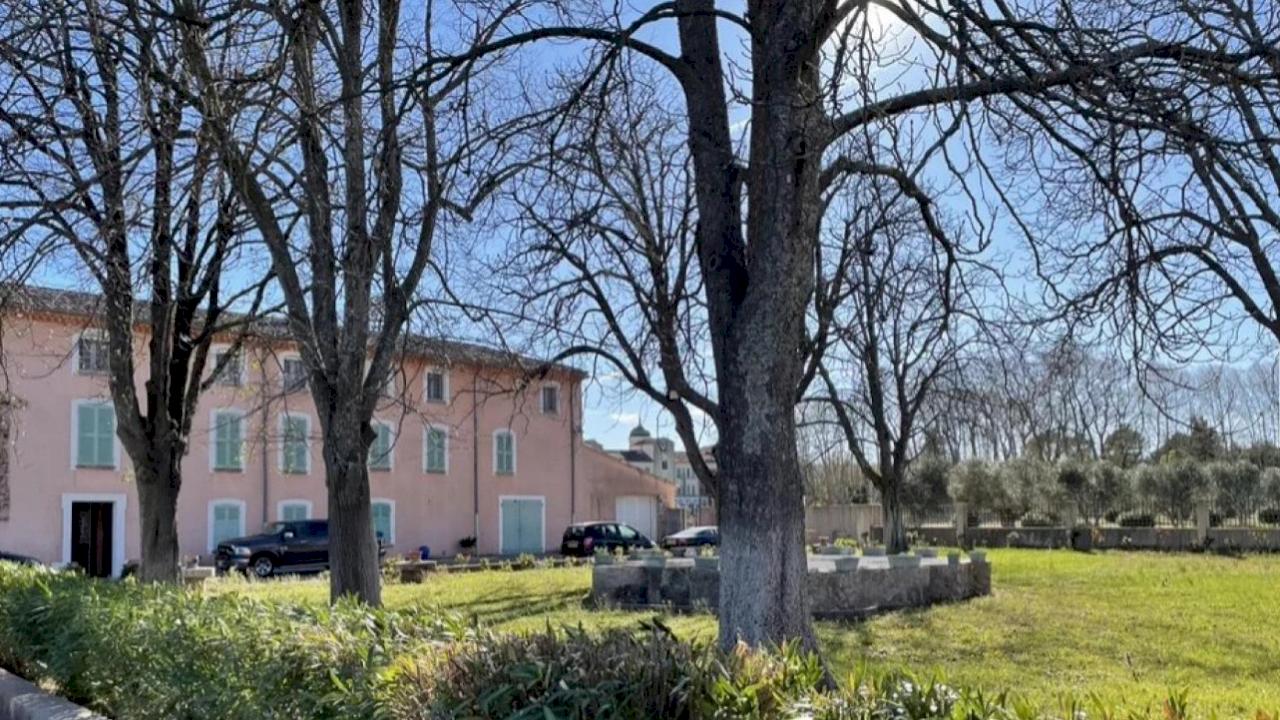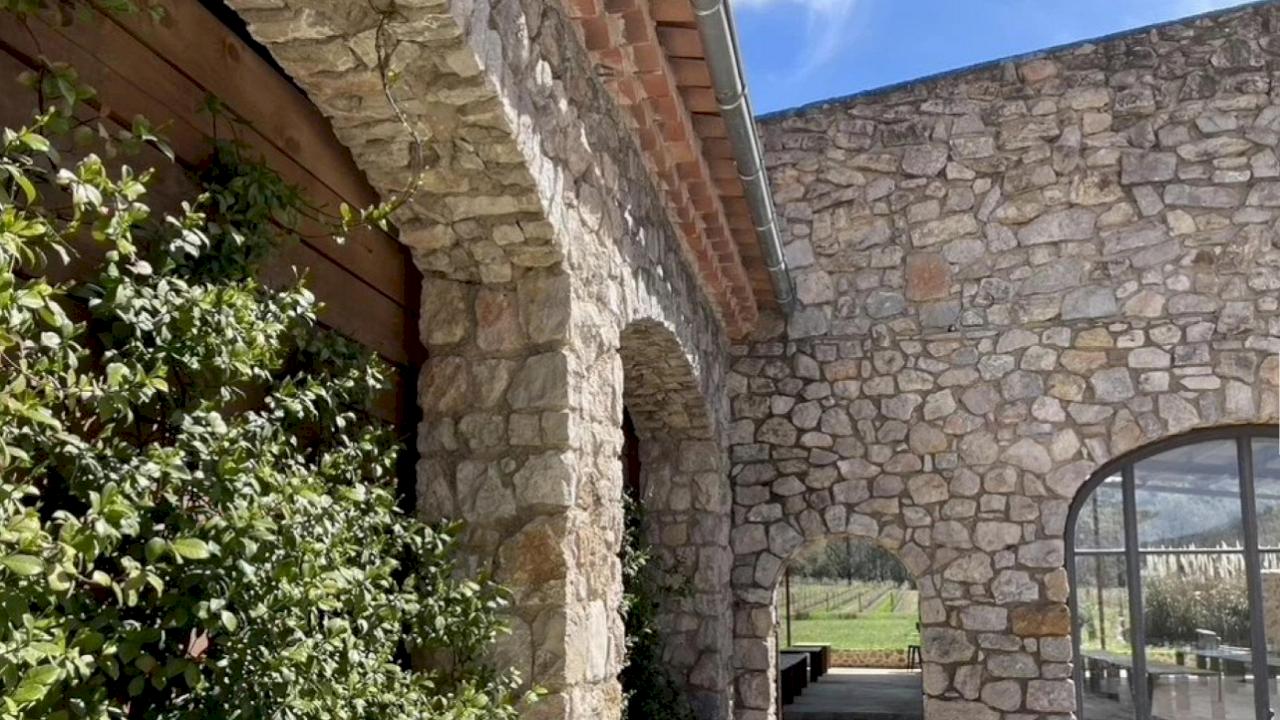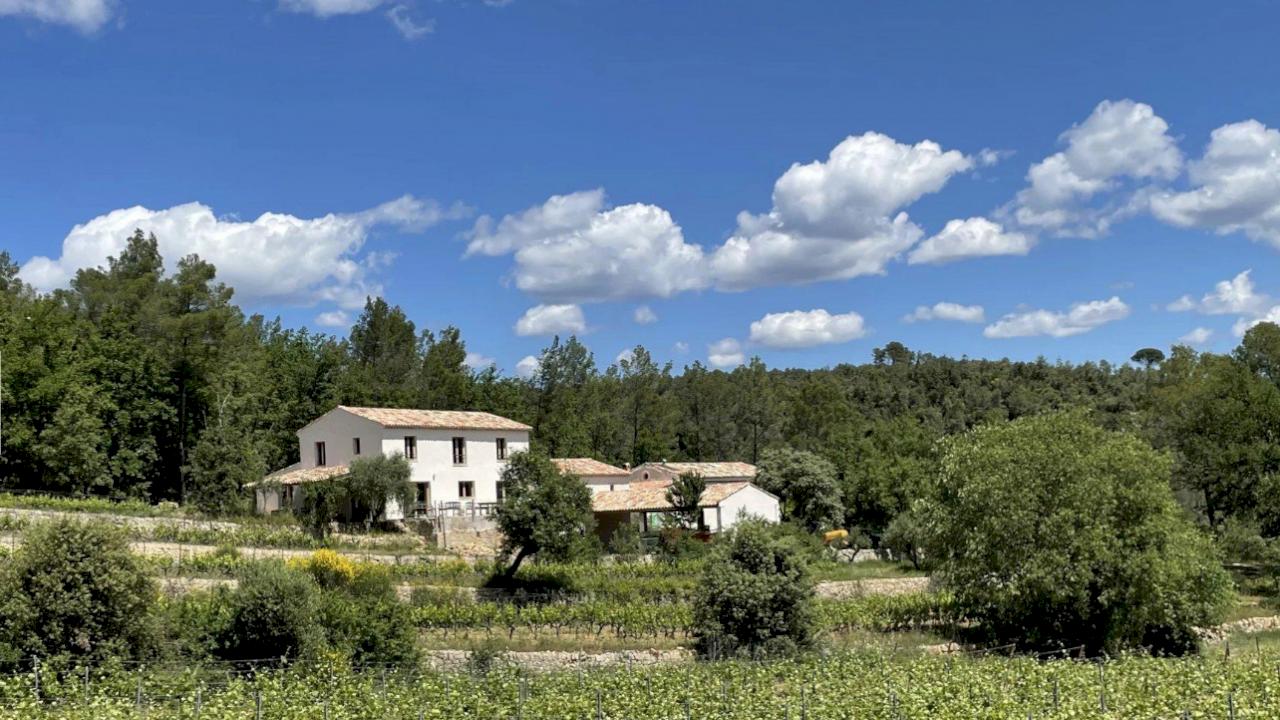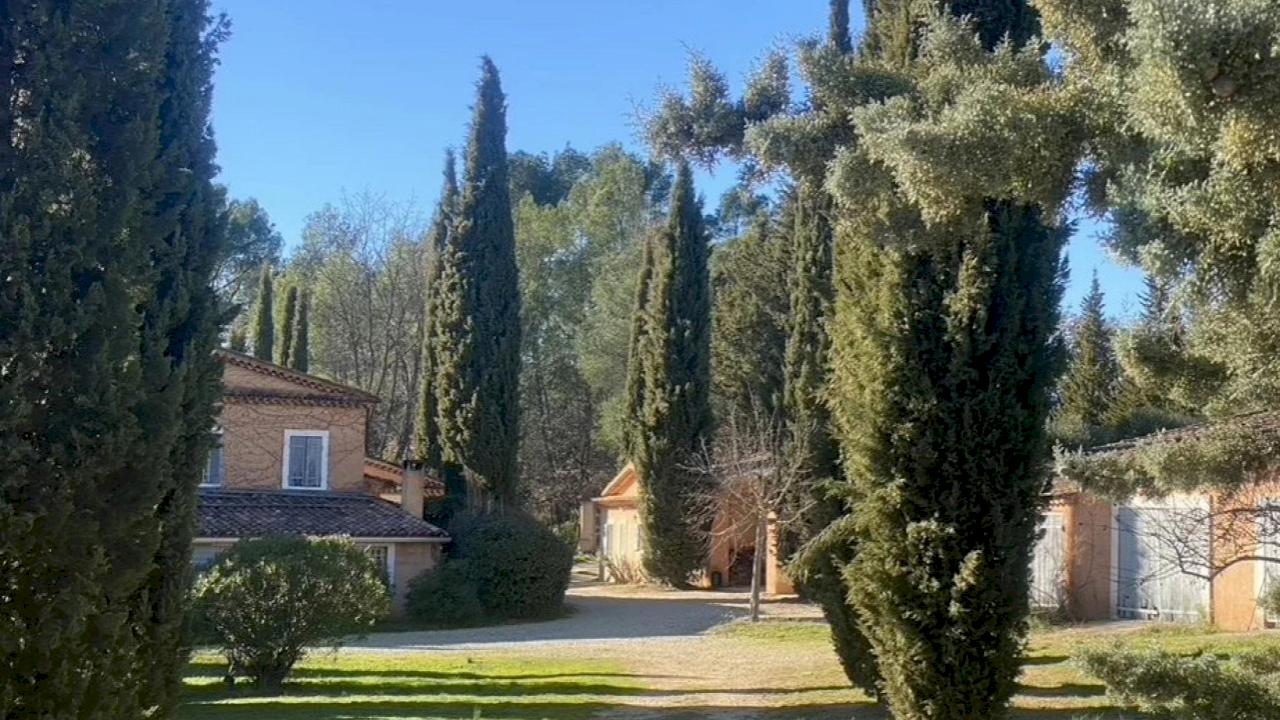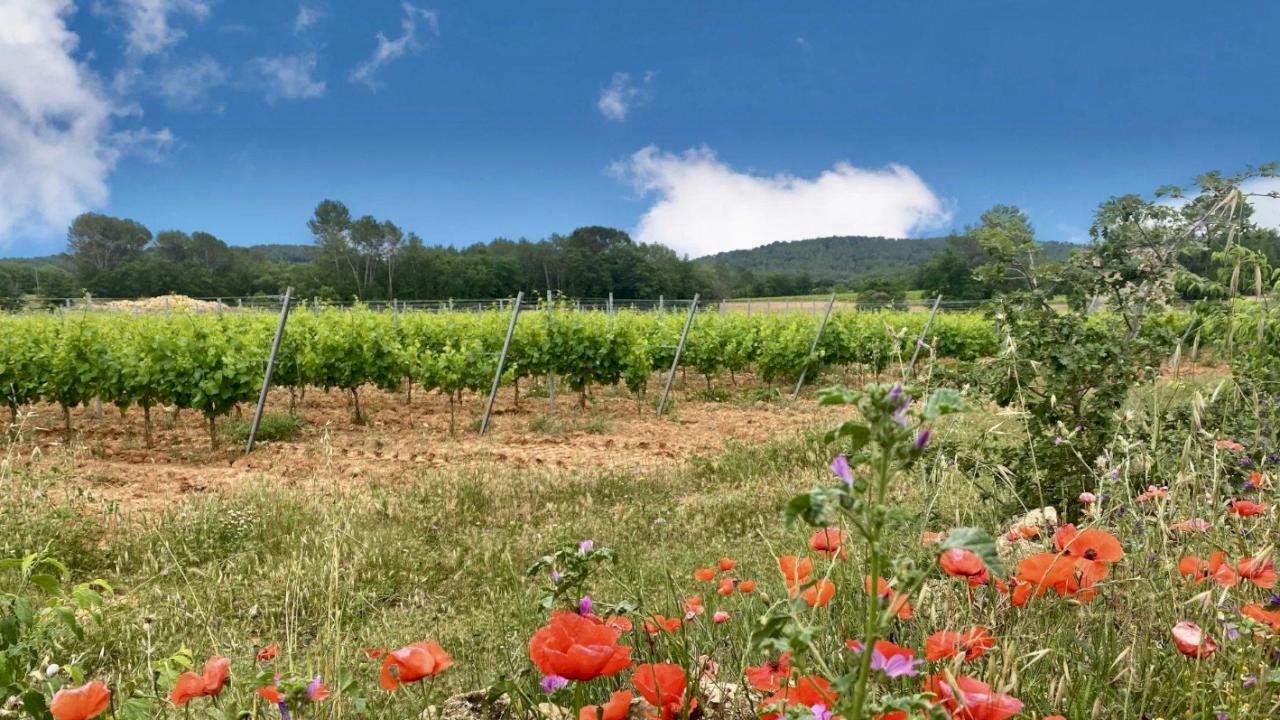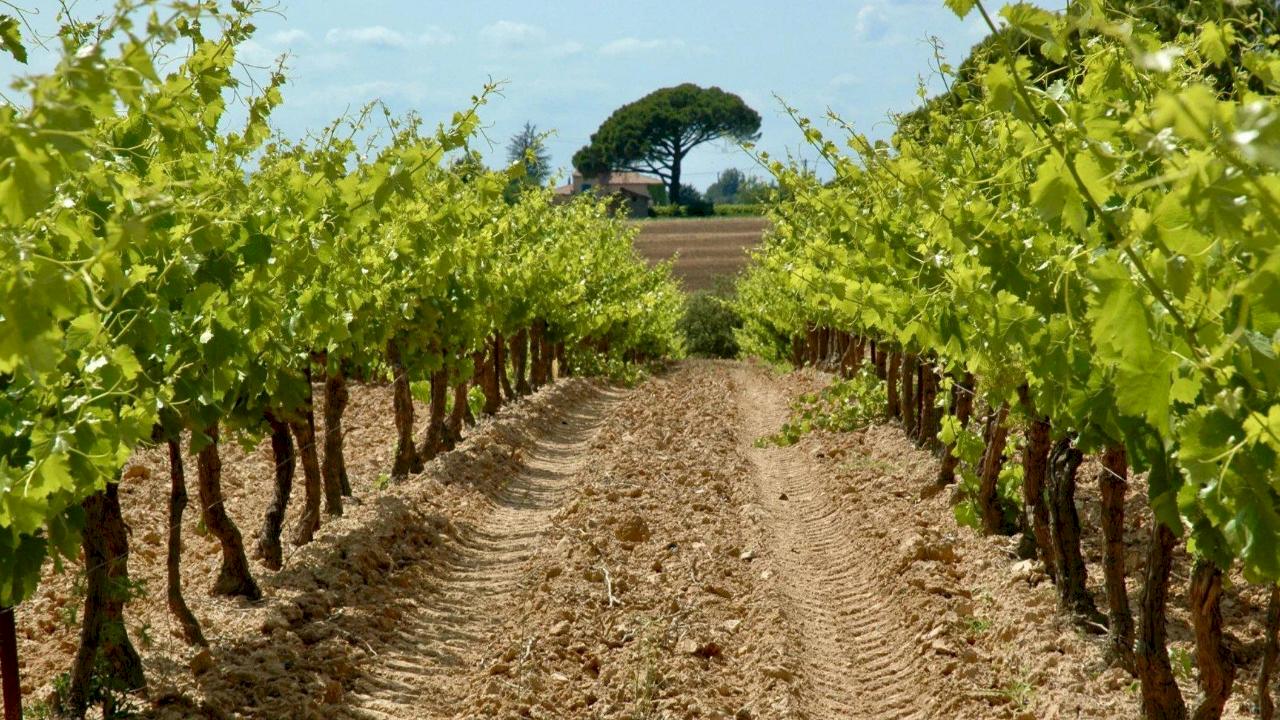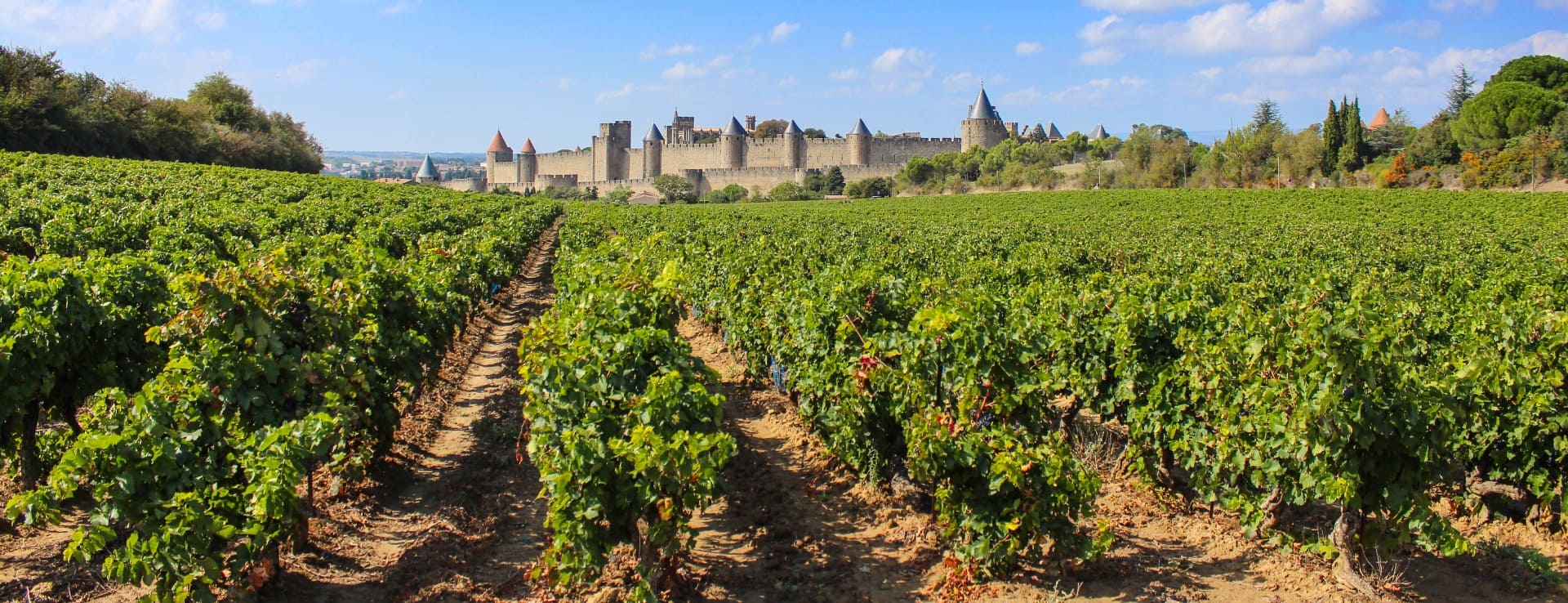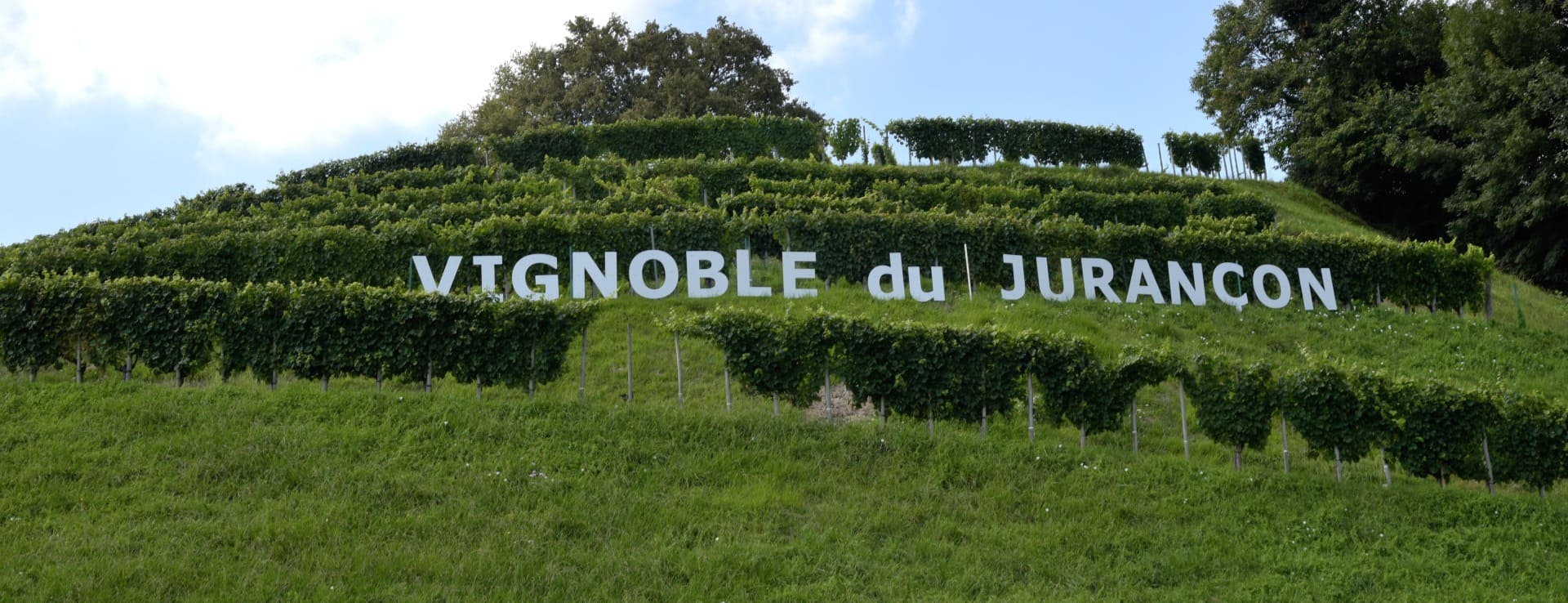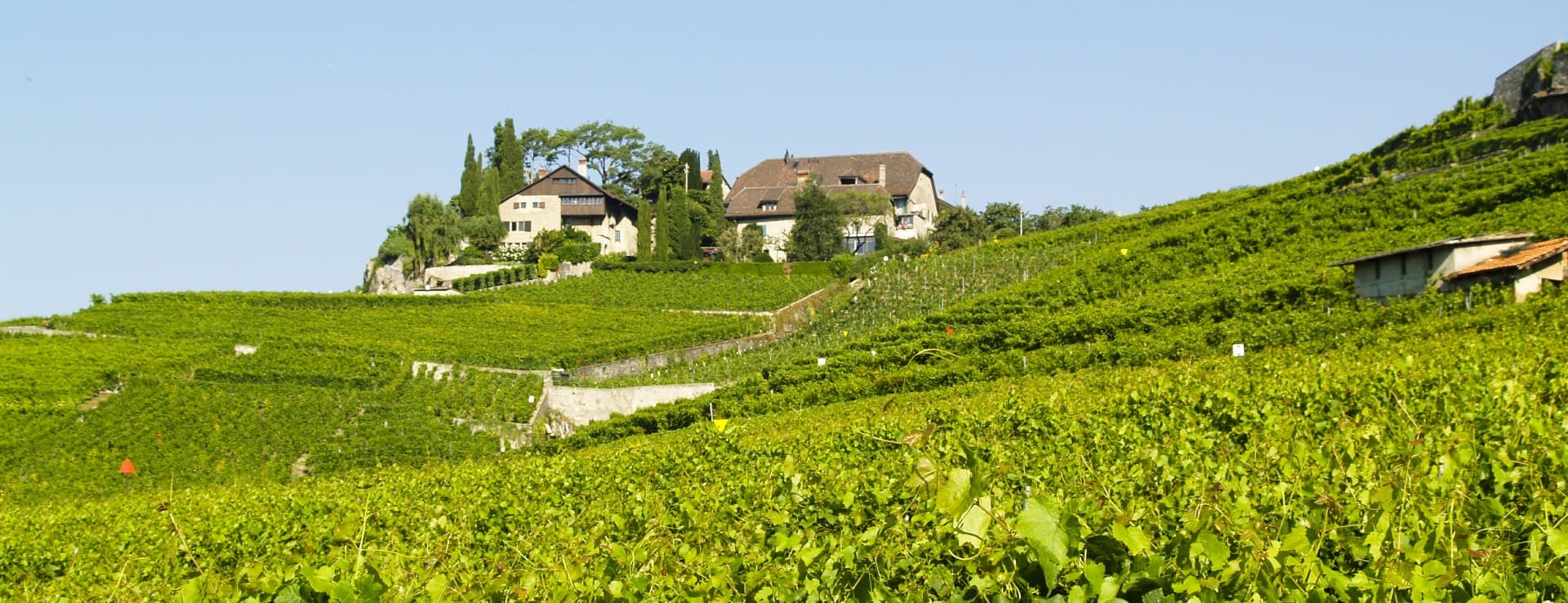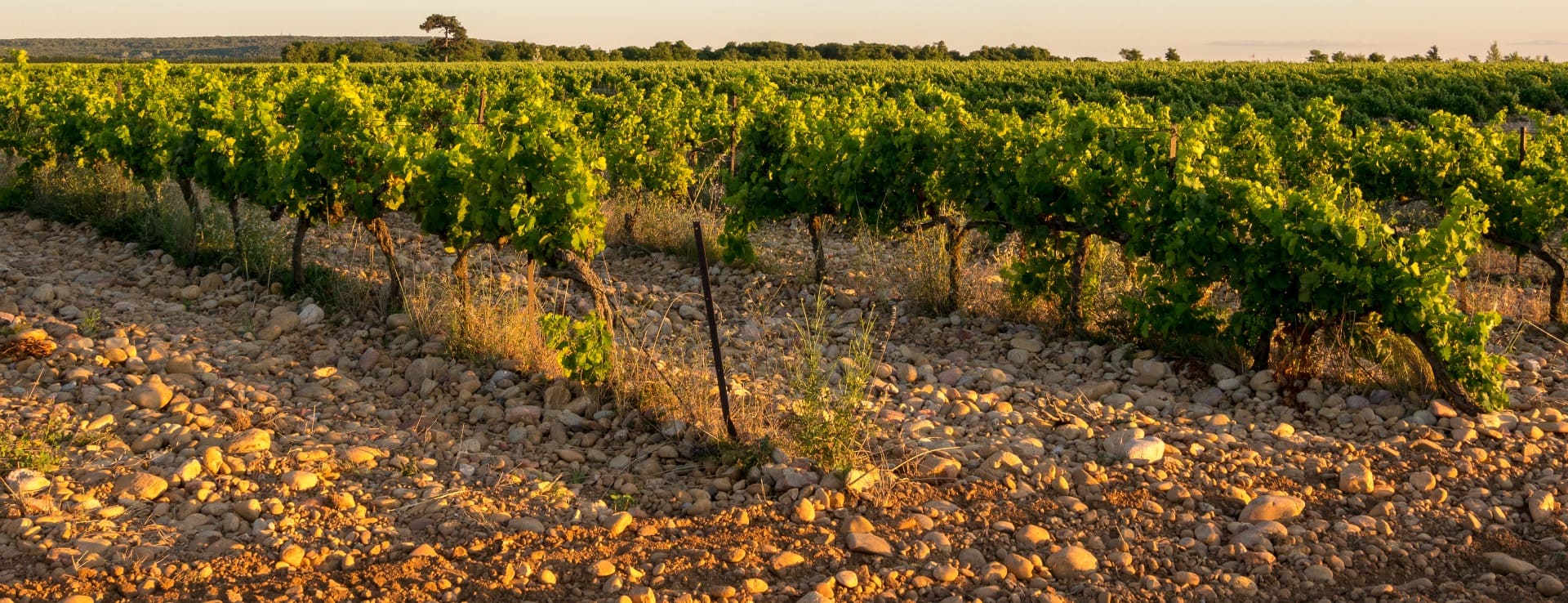Find your winery or vineyard
More than 10 Wineries and Vineyards for sale in Provence

IMPORTANT ESTATE AT CÔTES DE PROVENCE GOLDEN TRIANGLE
CÔTES DE PROVENCE
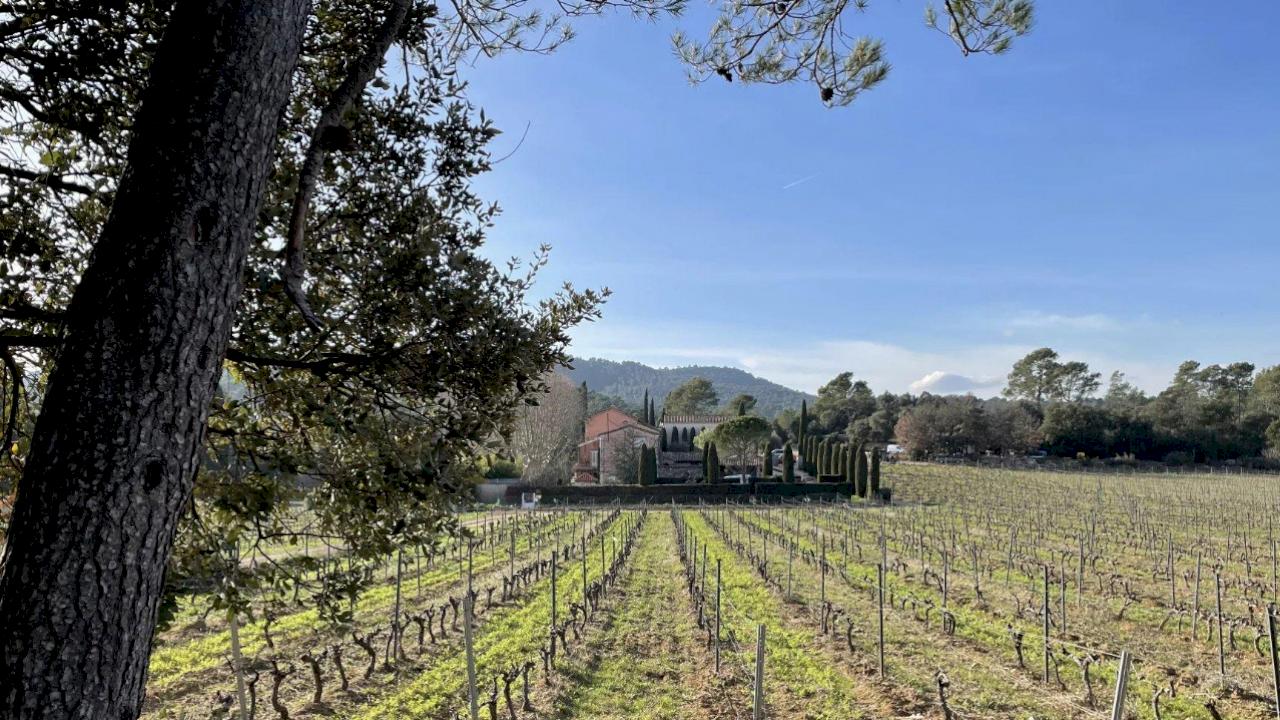
CHARMING BASTIDE IN THE HEART OF THE CÔTES DE PROVENCE AREA
CÔTES DE PROVENCE
Infographic of the Region
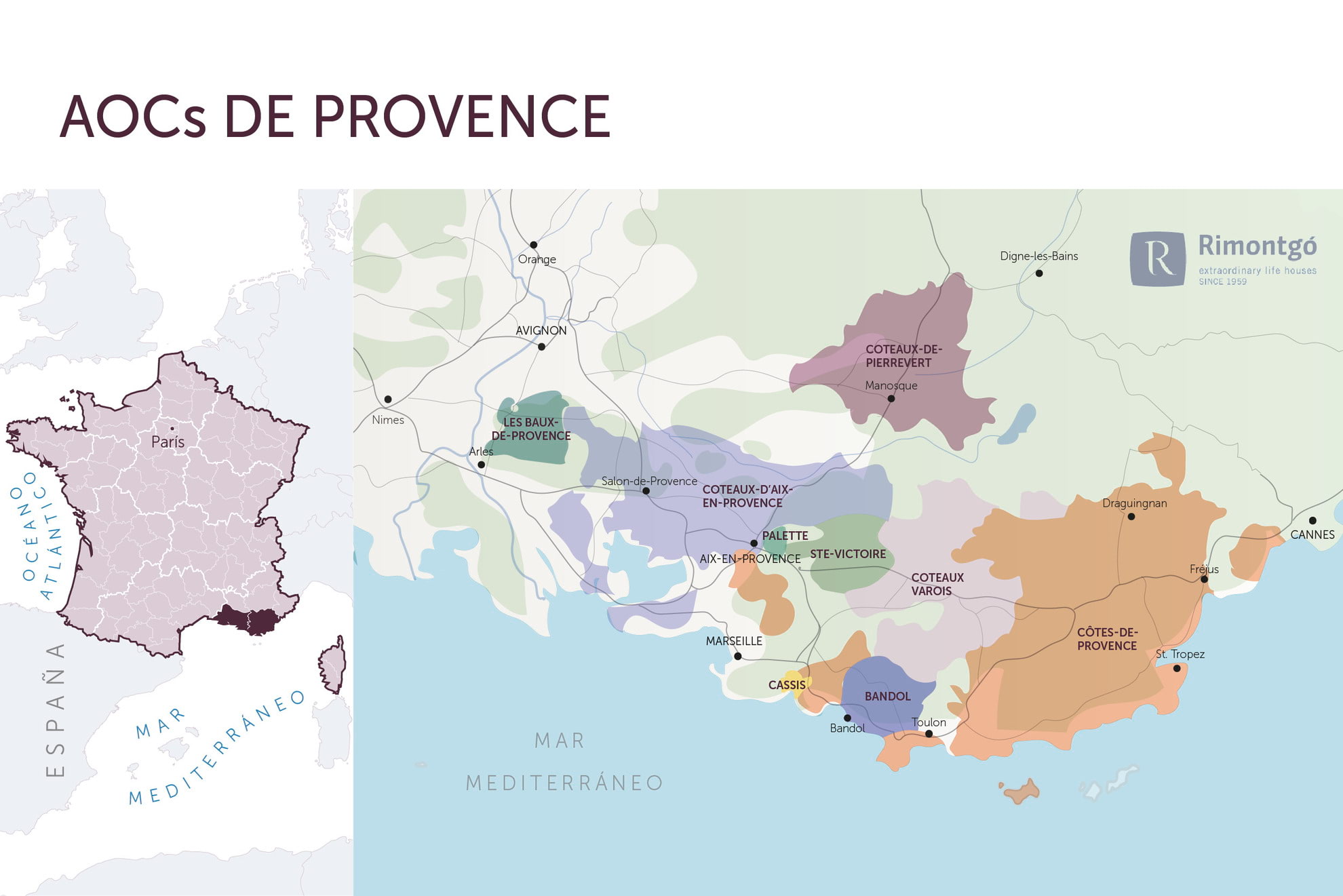
The Provence region
Direct press rosés, that is to say, they do not undergo a few hours of maceration and go directly to fermentation after pressing (rosés with salmon tones).
The Provençal lands are mainly spread over three departments, the Var, the Bouches-du-Rhône and the Alpes-Maritimes. Wine production is also very important in the Vaucluse, but the AOCs of this department depend more on the Rhône vineyard than on Provençal. This is the reason why we are dealing with three departments of the Provence-Alpes-Côte d'Azur region on the edge of the Mediterranean. This vineyard is divided into four categories: local wines, regional AOCs, sub-regional AOCs and communal AOCs.
Local wines: these wines represent a third of the region's wine production. Six appellations are spread over the two departments Bouches-du-Rhône with local wines from the Alpilles and Var with local wines from Mont-Caume, Maures, Argens, Coteaux du Verdon and Sainte-Baume.
Regional AOCs: this appellation groups together the three largest AOCs in the region, first of all the AOC Côtes de Provence with 20,300 ha, which covers three departments (Var, Bouches-du-Rhône and an enclave in the Alpes-Maritimes) and produces 87% of rosé wine. It is followed by the AOC Aix-en-Provence with 4,100 ha and finally the AOC Côteaux Varois-en-Provence with 2,200 ha. These last two AOCs also produce mainly rosés.
Sub-regional AOCs: two appellations recognised in 2005 identify certain areas of the Côtes de Provence: AOC Côtes de Provence-Saint-Victoire with 2,225 ha, located between the towns of Aix-en-Provence, Rians and Trets, and AOC Côtes de Provence-Fréjus with 235 ha around the villages of Fréjus, Saint-Raphaël and Callas. Again, in these appellations, rosé production is by far dominant. And finally, to the west of Bouches-du-Rhòne, the AOC Bau-de-Provence with 320 ha produces mainly red wine.
Communal AOCs: these AOCs form the elite of the regional production. There are four: AOC Palette is a tiny appellation of 23 ha, located near Aix-en-Provence, with only two producers elaborating whites and rosés. AOC Cassis is one of the best-known coastal vineyards. The appellation covers 180 hectares and produces white wines that its best producers achieve great aromatic finesse, balance and freshness. The AOC Bandol covers 1,380 ha and is recognised as the best vineyard in Provence, particularly for its powerful, structured, elegant, spicy and peppery reds. These wines are mainly made from the Monastrell grape. AOC Bellet is a small appellation of 50 ha in the heights of Nice and named after the village Saint-Roman-de-Bellet. Red, white and rosé wines are produced, but in this wine region, it is the whites as in Palette that reach a higher dimension.
The wines of Provence come from a great variety of grapes, no less than twelve of which some are the most important. The main variety used mainly in the rosés of the AOC Côtes de Provence is Grenache, which represents 40% of the vineyards. There is also Syrah, which is more widespread in the northern part of the vineyards and represents 14% of the vineyards. Its small black berries with bluish edges produce solid wines with a lot of colour, rough in the first years due to its tannin content but suitable for long ageing. The Carignan variety represents 13% of the vineyard and losing speed, adapted to poor soils, this variety so widespread in Provence in the past, cultivated on slopes with low yields and whose result are wines with body, generous and with colour, constitutes an excellent base for blending a wine. Cinsault gives wines with little colour, hence its use in rosés and brings softness and finesse to very structured reds. More marginal is the presence of Monastrell, which gives Bandol wines their reputation, matures slowly and offers velvety and smooth wines. Tibouren is an authentic Provençal variety, imported by the Romans, delicate, which is mainly used to elaborate light rosés and is also used in wine blends.
As for the white varieties, they occupy a much less important space than the reds, namely 5% of the vineyard, but there are also many varieties present. Ugni Blanc or Trebbiano is found in the Gers and Charente for the production of Eau-de-vie (eau-de-vie), here it is used for the blending of whites. Clairette is also present as Sémillon, which is used in Bordeaux for the production of great white wines. In Provence it is used in the blends in a small proportion and brings a certain roundness. In others, we also find white Bourboulenc, rustique and very marginal is Rolle, also called Vermentino in Corsica and Sardinia.
Contrary to what one might think, rosé wine is not produced by blending red wine and white wine. Its colour comes from the natural pigments contained in the skin of the red grapes. The intensity of the rosé colour depends on the length of time the grape must is in contact with the skin of the grapes. There are two main production techniques for rosés, those that undergo a maceration with the skins before pressing for between 2 and 24 hours and then ferment at low temperatures to maintain the aromas (rosés with raspberry and redcurrant tones) and on the other hand, direct press rosés, which do not undergo a few hours of maceration and go directly to fermentation after pressing (rosés with salmon tones).
Discover more wineries and vineyards for sale in these wine regions in France
Subscribe to our mailing list to receive news about wineries and vineyards.

